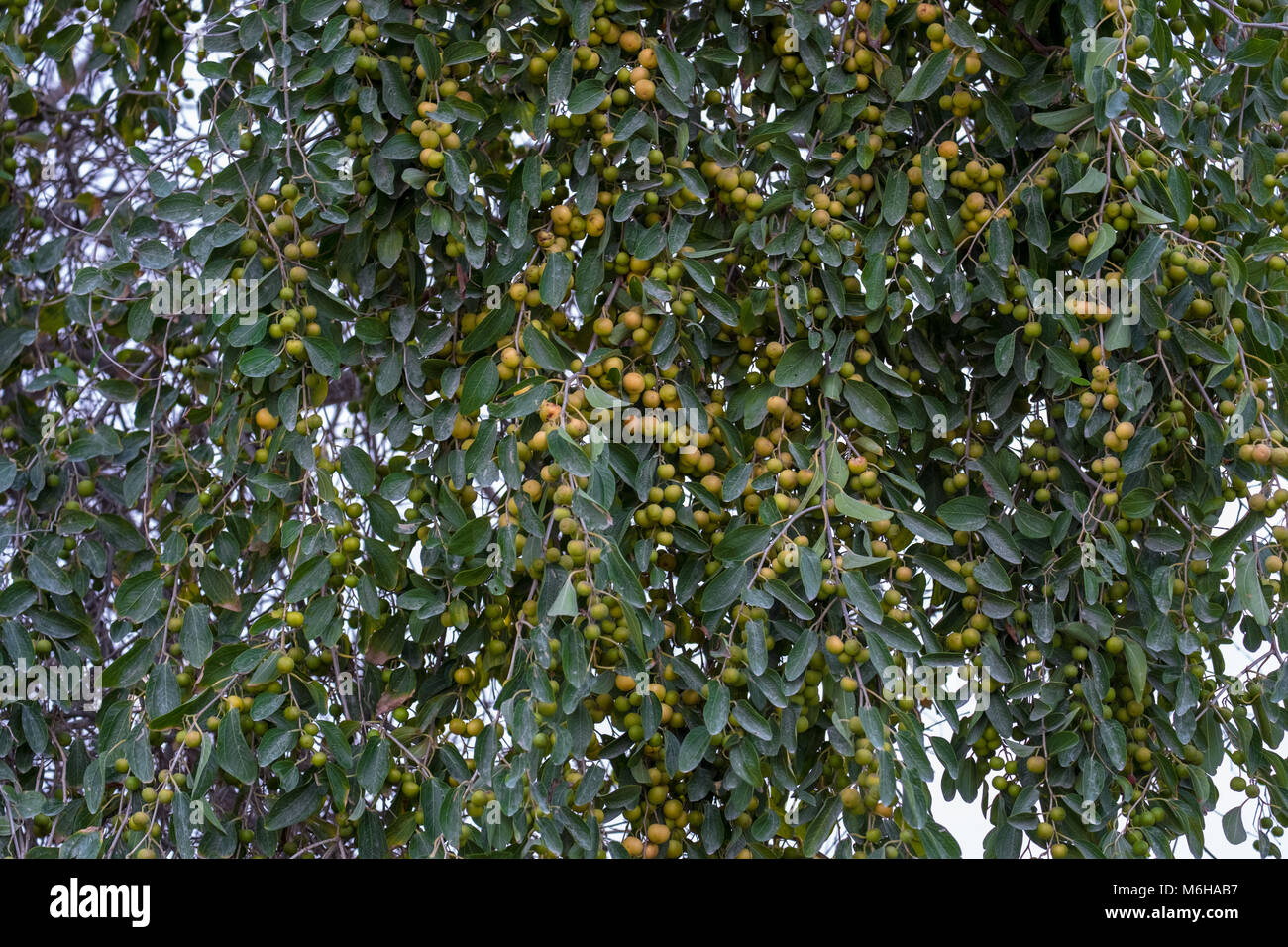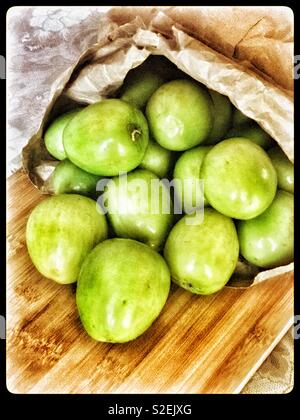

Oxidative stress is when free radicals form in the body and interact with cells. It also helped to eliminate oxidative stress in the liver. It was found that the fruit protected the liver against injury in mice. Amino acids assist the body in healing wounds and diseases.Ī study was published in the Apissue of the Journal of Ethnopharmacology in which the protective effects of jujube fruit on the liver were investigated. They are also essential to the building of more that 50,000 proteins made by the human body. Amino acids help with the maintenance and formation of the bones, skin, muscle, bloods, hormones, neurotransmitters and enzymes in the body. The body requires 24 amino acids to function, and the jujube fruit contains 18 of the 24. The vitamin and mineral content of the fruit helps to soothe the stomach, ease sore throats, suppress the appetite, support cardiovascular health, enhance metabolism and cleanse the blood vessels. It contains 20 times the amount of vitamin C as citrus fruits. Jujube also contains vitamin c, riboflavin and thiamine. There are also high amounts of sodium, zinc, iron and copper. In California, the jujube is grown for just a few niche markets.Īccording to a study published in Volume 103 Issue 2 of the journal, Food Chemistry, jujube contains the potassium, phosphorus, manganese and calcium as the major minerals. In 1908, a plant explorer for the USDA introduced it to North America and soon after, other cultivars were selected from seedlings. The fruit has been used in Chinese medicine for over 4,000 years. The jujube, also known as ziziphus, is grown and cultivated in India, Russia southern Europe, China and the middle East. People also use those fruits to make jam. In Madagascar, jujube fruits are eaten fresh or dried. In some parts of the Indian state of Tamil Nadu, fresh whole ripe fruit is crushed with the above ingredients and dried under the sun to make delicious cakes called ilanthai vadai or “Regi Vadiyalu” (Telugu). Small dishes are made from this dough and again dried in the sun, and are referred to as ilanthai vadai. Then, it is pounded with tamarind, red chillies, salt, and jaggery. Traditionally, the fruits are dried in the sun and the hard nuts are removed. Jujube fruit is called ilanthappazham(ഇലന്തപ്പഴം) or badari(ബദരി) in Malayalam, ilanthai pazham (இலந்தை பழம்) in Tamil-speaking regions, “Yelchi Hannu” in Kannada and “Regi pandu” in Telugu. The Arabic names Sidr is used for Ziziphus species other than Z. Often the dry fruit (Ber) was used as a padding in leather horse-saddles in parts of Baluchistan in Pakistan.

nummularia in Pakistan and parts of India and is eaten both fresh and dried. Rather Ber is used for three other cultivated or wild species i.e. zizyphus: the local name Ber is not used for Innab. There seems to be quite a widespread confusion in the common name. zizyphus grows in northern Pakistan and is known as Innab, commonly used in the Tibb Unani system of medicine. In Persian cuisine, the dried drupes are known as annab, while in neighboring Azerbaijan it is commonly eaten as a snack, and are known as innab. In Lebanon, the fruit is eaten as snacks or alongside a dessert after a meal.

In Korea, jujubes are called daechu (대추) and are used in Daechucha teas and samgyetang. These fruits, often stoned, are also a significant ingredient in a wide variety of Chinese delicacies. Such jujubes are called jiu zao (酒枣 literally “spirited jujube”). Jujubes are sometimes preserved by storing in a jar filled with baijiu (Chinese liquor), which allows them to be kept fresh for a long time, especially through the winter. In China, a wine made from jujubes, called hong zao jiu (红枣酒) is also produced. Although not widely available, jujube juice and jujube vinega (called 枣醋 or 红枣醋 in Chinese) are also produced they are used for making pickles (কুলের আচার) in West Bengal and Bangladesh. In China and Korea, a sweetened tea syrup containing jujube fruits is available in glass jars, and canned jujube tea or jujube tea in the form of teabags is also available. They are available in either red or black (called hóng zǎo or hēi zǎo, respectively, in Chinese), the latter being smoked to enhance their flavor.

The freshly harvested as well as the candied dried fruits are often eaten as a snack, or with tea. The jujube is not named after the popular candy from childhood, but rather, the other way around. It has been used for thousands of years in Asian countries by medicine men and herbalists alike. The jujube is a little known fruit, but is gaining momentum in Western cultures for its high amount of vitamins and minerals. Bohemian Well Being Town (mostly mushrooms) has dried jujubes year round. Hector’s Honey, Wednesday and Saturday markets has fresh jujubes.


 0 kommentar(er)
0 kommentar(er)
